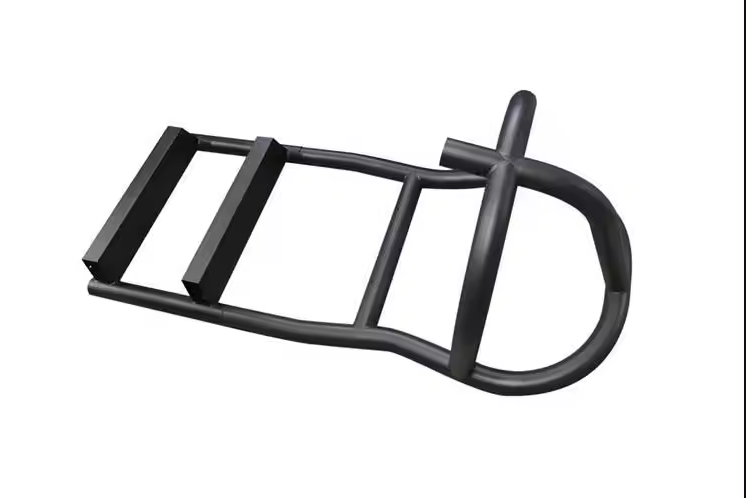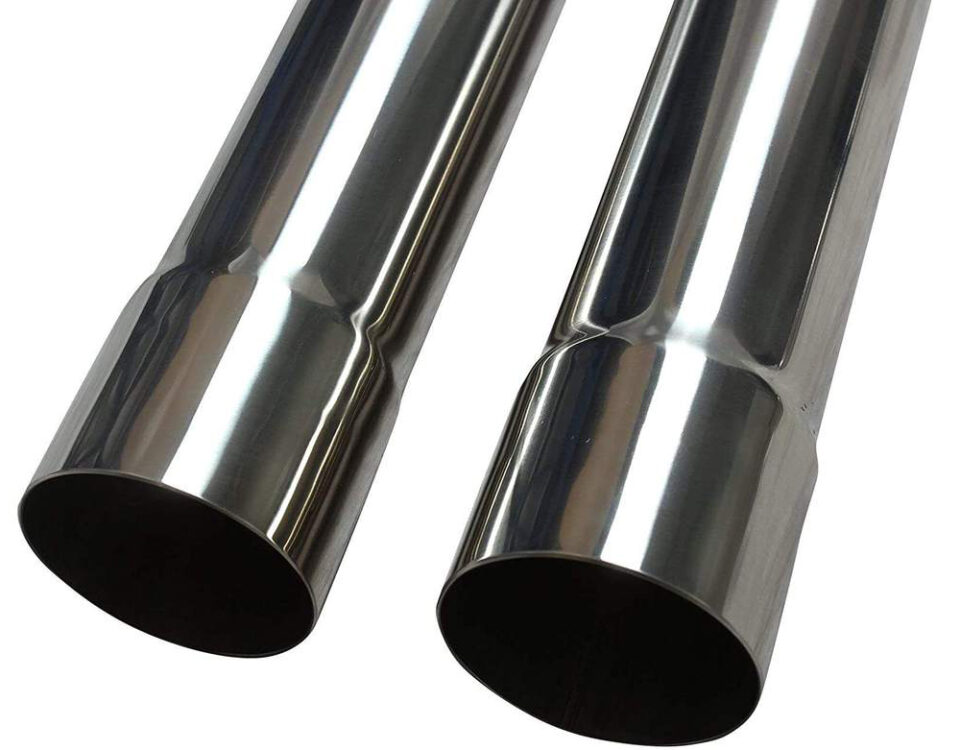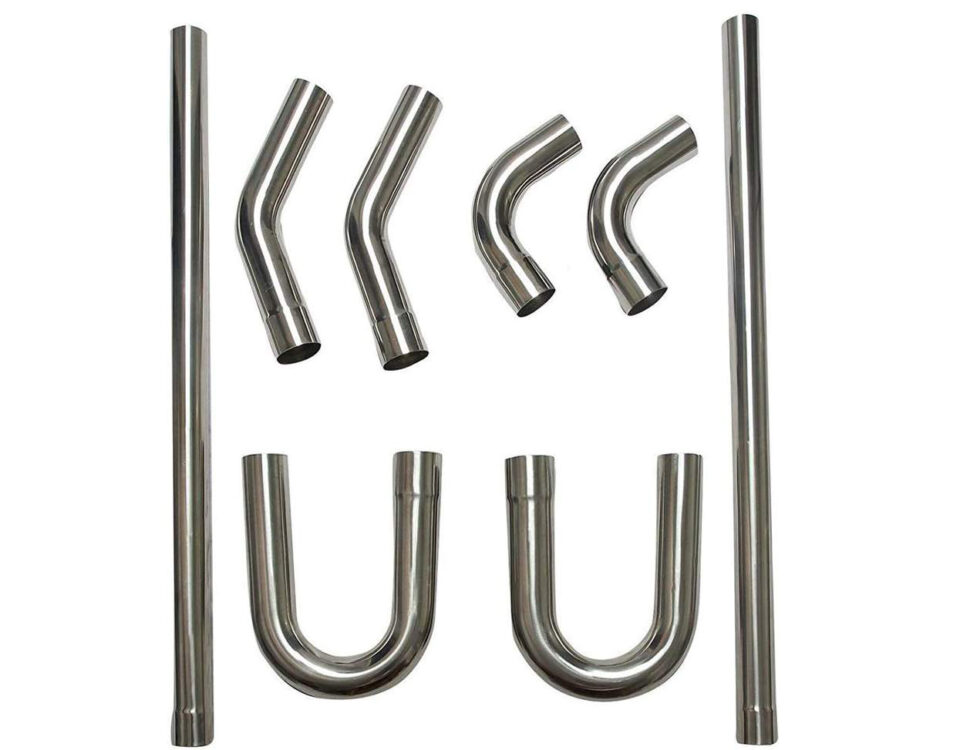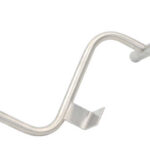
Small Diameter Pipe Bending
November 14, 2023
Plumbing pipe bending
November 15, 2023Automotive Pipe Bending: A Comprehensive Overview
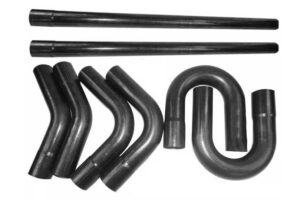
The automotive industry relies heavily on precision engineering and high-quality components to ensure optimal performance and safety. One critical aspect of automotive manufacturing is the bending of pipes, which plays a vital role in the functionality and efficiency of various systems. In this article, we will delve into the world of automotive pipe bending, exploring its importance, techniques, advantages, and applications.
1. Importance of Automotive Pipe Bending:
Automotive pipe bending is an essential process that involves shaping pipes to fit specific vehicle designs and functional requirements. These pipes facilitate the smooth and efficient flow of fluids, such as fuel, coolant, and exhaust gases, throughout different automotive systems. Properly bent pipes are crucial for ensuring optimal performance, minimizing pressure drop, reducing vibration, and enhancing overall durability.
2. Techniques for Automotive Pipe Bending:
2.1. Mandrel Bending:
Mandrel bending is a widely used technique in automotive pipe bending due to its ability to achieve precise and consistent results. The process involves inserting a mandrel, or a solid rod, into the pipe during bending to maintain the shape and prevent deformation. This technique ensures uniform wall thickness and eliminates the risk of collapsing or wrinkling, resulting in superior flow characteristics.
2.2. Rotary Draw Bending:
Rotary draw bending is another commonly employed method for automotive pipe bending. It utilizes a die set consisting of a stationary radius and a rotating former. The pipe is clamped securely and drawn around the rotating former, gradually taking the desired shape. This technique offers excellent control over the bending process, producing consistent bends with minimal distortion.
3. Advantages:
3.1. Improved Performance:
Precisely bent pipes lead to enhanced fluid flow, reducing pressure drop and increasing overall system efficiency. Smooth bends help minimize turbulence, optimize exhaust gas evacuation, and improve fuel combustion, contributing to improved engine performance.
3.2. Space Utilization:
Automotive pipe bending allows for intricate routing and tight packaging of pipes within the vehicle’s limited space. This enables manufacturers to design compact and efficient systems, optimizing both functionality and aesthetics.
3.3. Cost-Effectiveness:
By eliminating the need for additional connectors or excessive piping, bent pipes reduce assembly complexity and associated costs. Furthermore, they minimize the risk of leaks, enhancing reliability and reducing maintenance expenses in the long run.
4. Applications:
4.1. Exhaust Systems:
Bent pipes are extensively used in automotive exhaust systems to route exhaust gases from the engine to the rear of the vehicle while minimizing backpressure. Precise bending ensures optimum flow characteristics, noise reduction, and compliance with emission standards.
4.2. Fuel and Cooling Systems:
Bent pipes play a crucial role in fuel delivery and cooling systems, supplying fuel or coolant to various components efficiently and safely. Well-designed bends facilitate proper routing, preventing interference with other components and ensuring uninterrupted flow.
4.3. Turbocharger Systems:
In turbocharged engines, bent pipes are utilized to connect the turbocharger to the intercooler and intake manifold. Accurate bending is essential to optimize air intake, reduce pressure drop, and maximize boost efficiency, resulting in improved engine performance.
Conclusion:
It is an integral part of manufacturing high-performance vehicles. Its precision and effectiveness significantly contribute to the overall functionality, efficiency, and safety of various automotive systems. Manufacturers specializing in automotive pipe bending techniques help shape the future of the industry by providing reliable and innovative solutions for complex piping requirements. With continued advancements, automotive pipe bending will continue to play a pivotal role in the evolution of automotive engineering.

